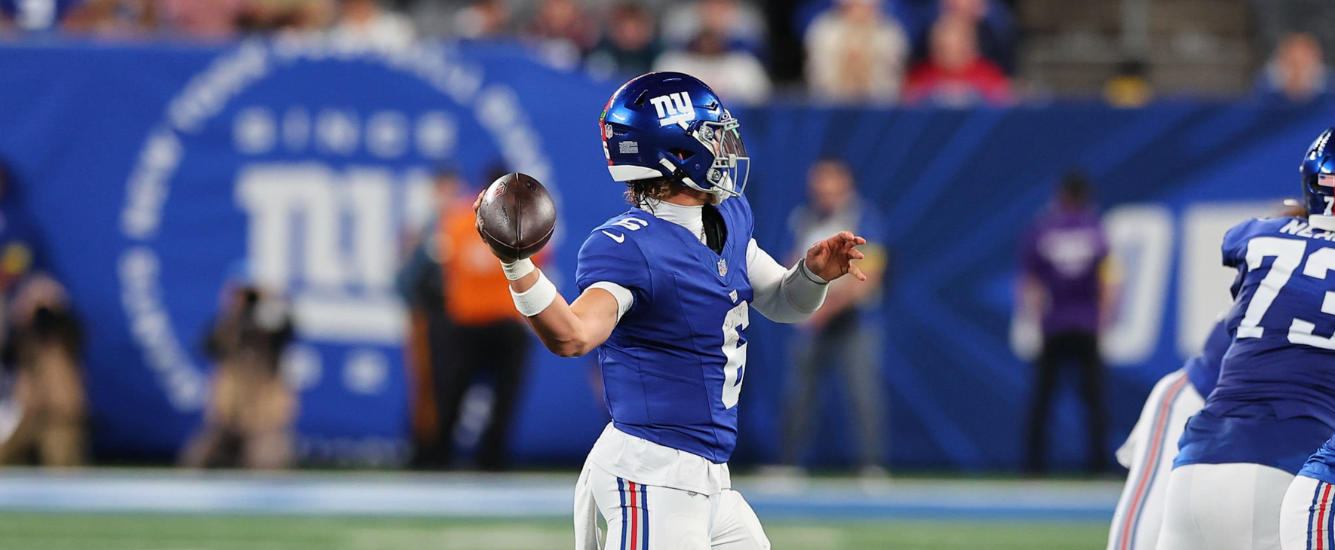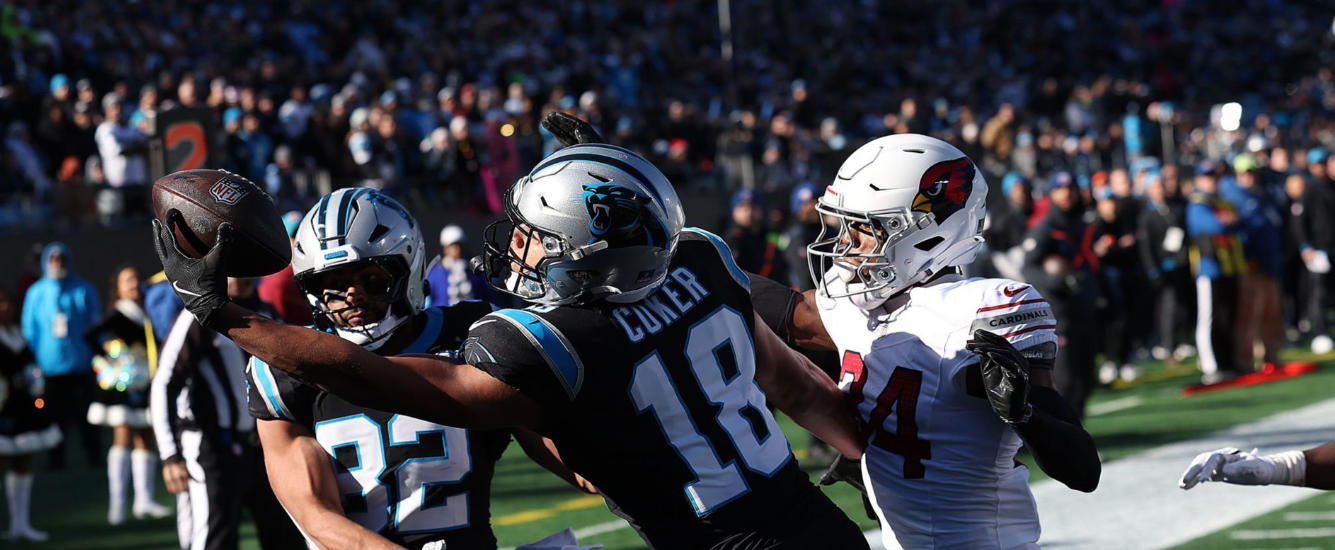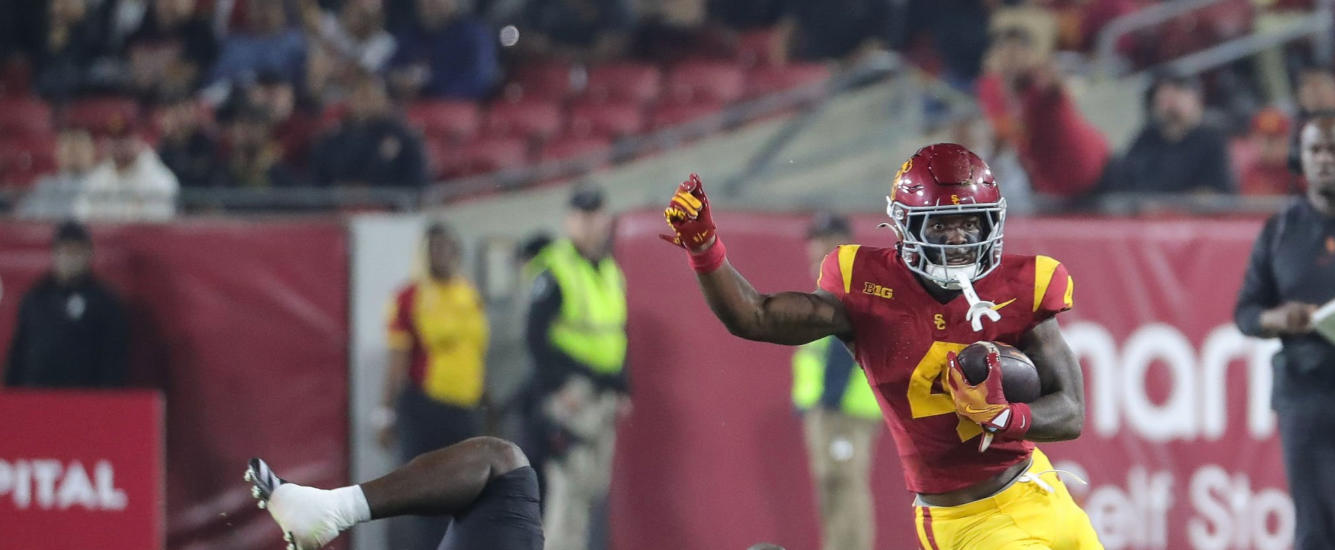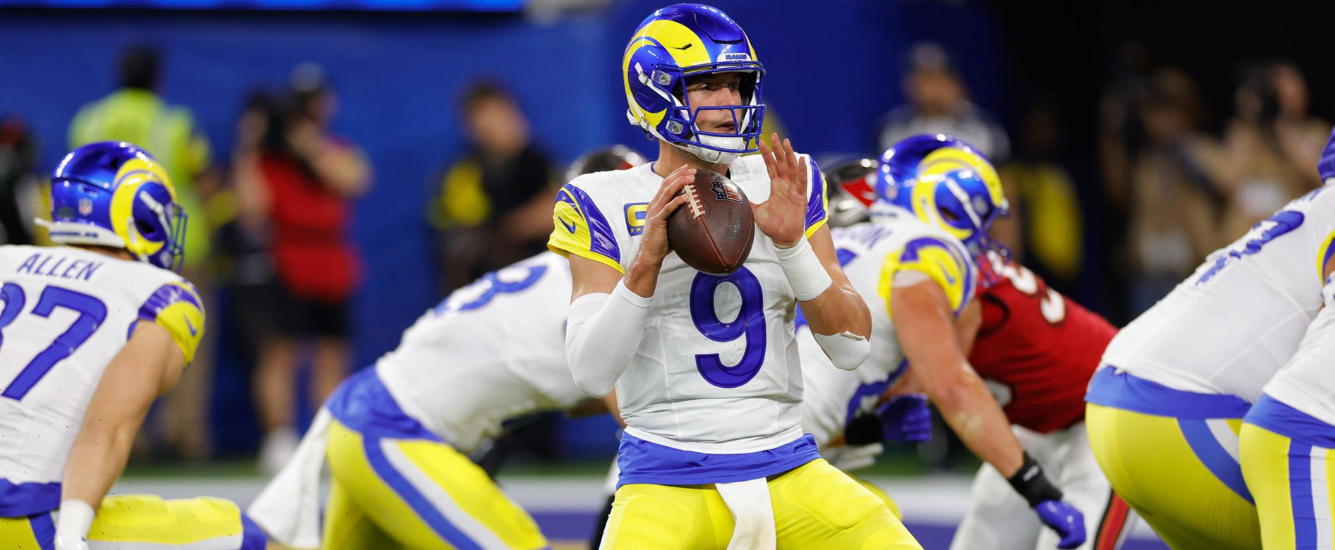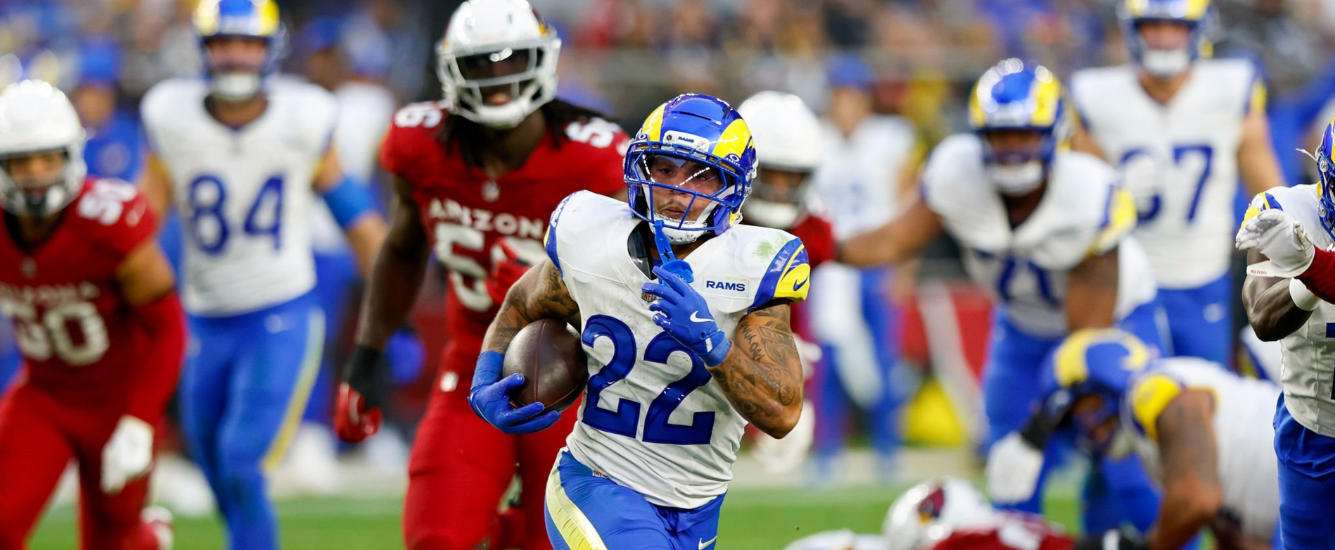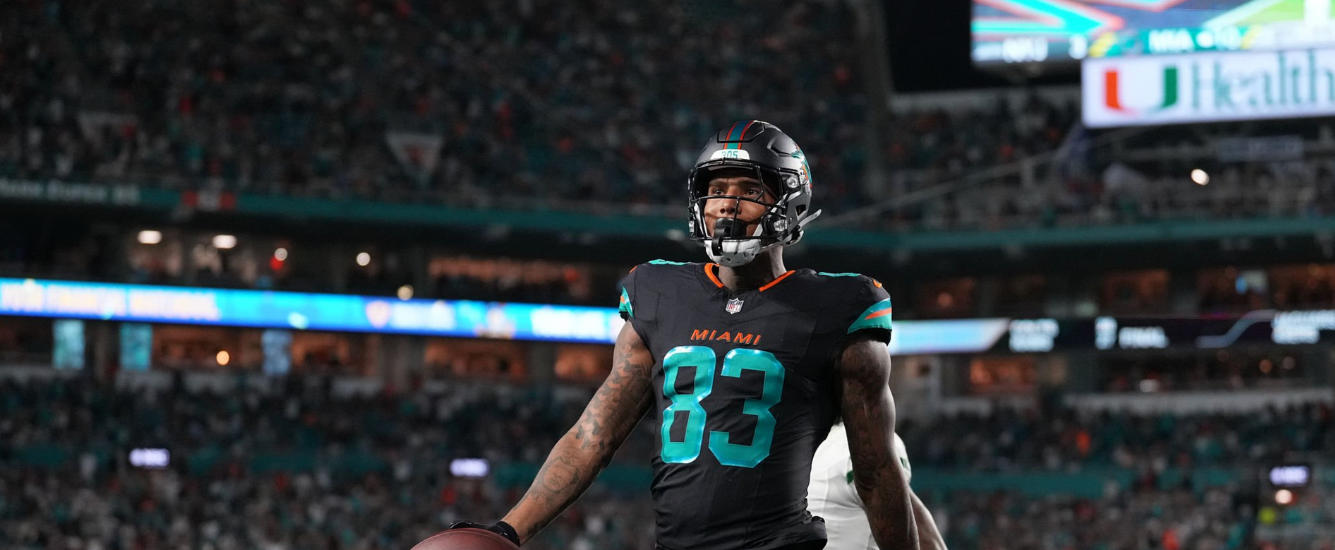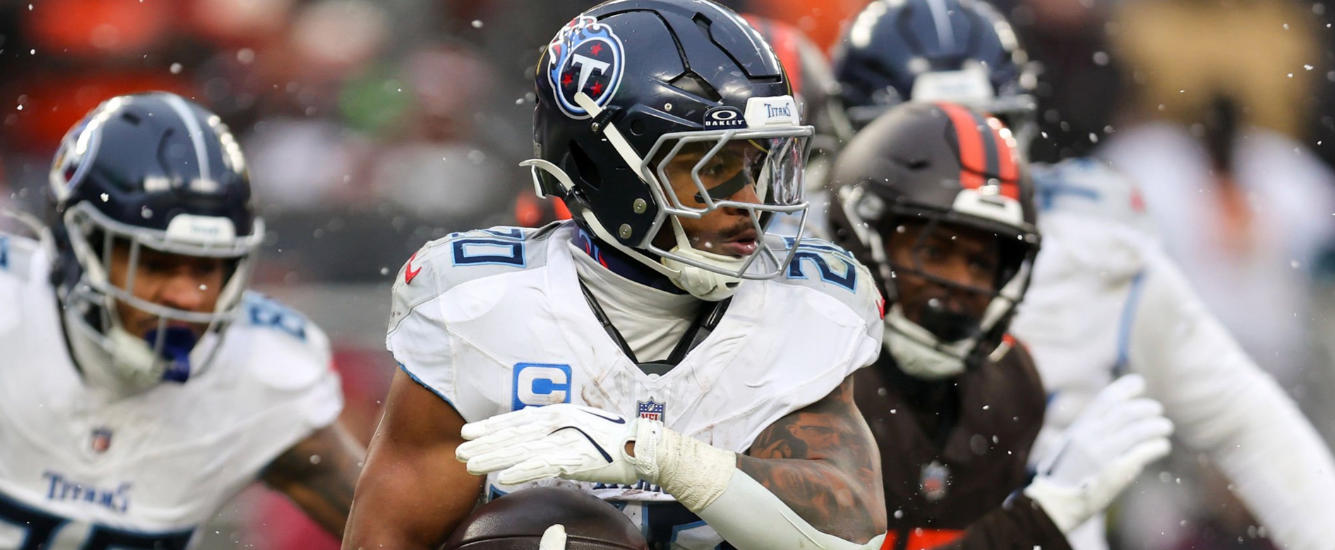Shawn Siegele explores the profile of a controversial 2025 wide receiver option. Is he an overrated cult favorite in a ready-made bust situation, or is he the most important fantasy WR in all of football?
After the first 10 WRs are off the board in 2025, we have very limited options for additional, non-rookie WRs who might join that group in 2026. Fortunately, we do have a secondary breakout option who looks primed to make the leap.
As Blair explained last season, the value of a secondary breakout is immense.
By far the most common season for a secondary breakout is Year 3. This fits with our previous work on Year 2 being the most common year for an initial breakout. And it likely comes as no surprise, but it was often easy to see these secondary breakouts coming — the players in question often excelled in the prior seasons.
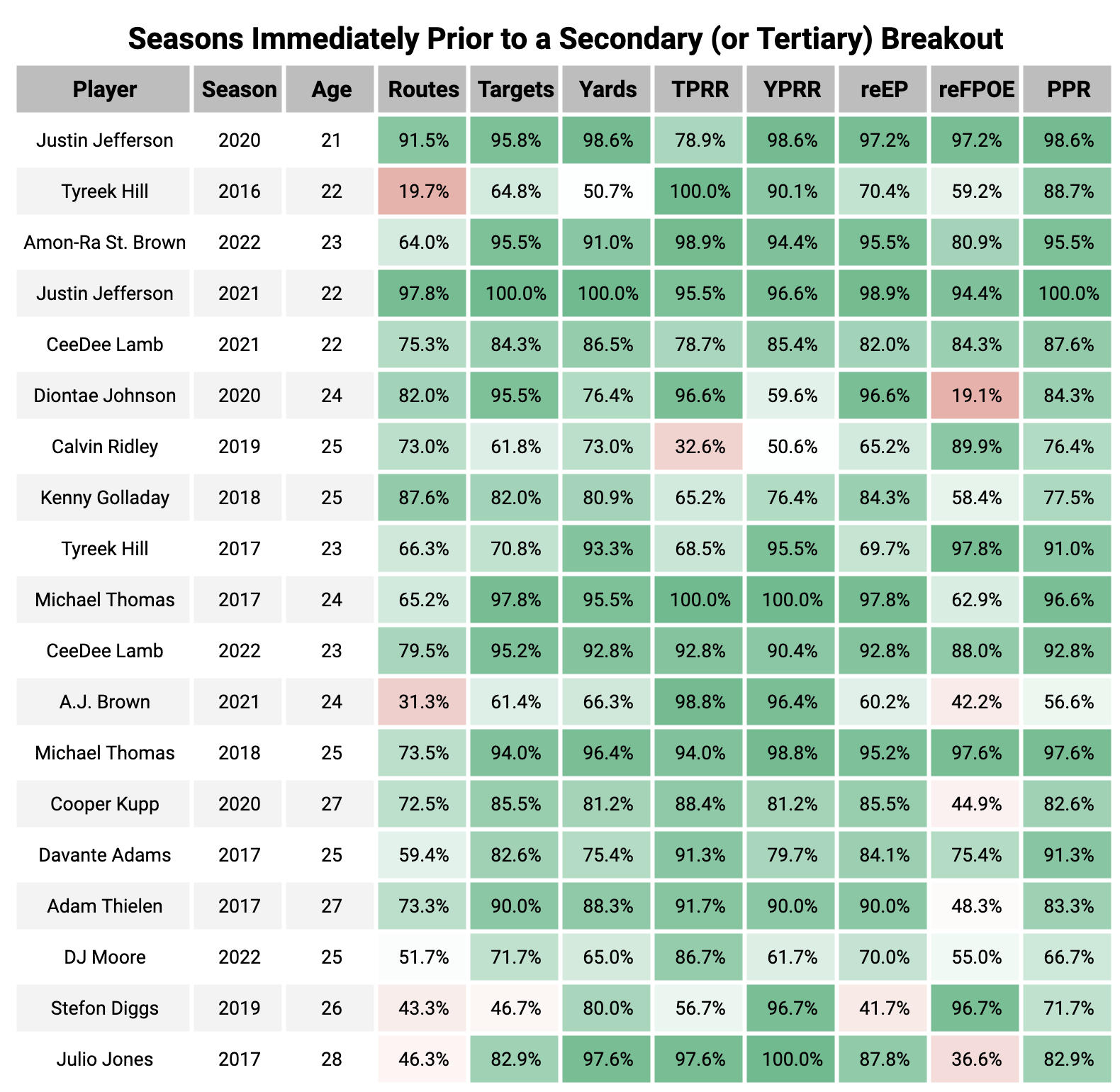
These percentiles are measured against all other players in the experience cohort. For instance, Jefferson’s 2020 season is measured against all other rookie seasons. He performed in the 95th percentile or better in nearly every metric as a rookie, so a secondary breakout was not all that surprising.
The Predictability of Secondary Breakouts
In many cases, the players in question were among the best in their cohorts in the seasons prior to a secondary breakout. This is perhaps self-explanatory — since most seasons immediately prior to a secondary breakout are themselves breakout seasons, we should expect them to be good. But there are some exceptions . . .
I won’t spoil the rest of the piece, but I will say that Blair’s secondary breakout recommendations lit the world on fire (and likely would have determined almost every 2025 league if not for a rash of injuries).
Given the overall weakness at the receiver position from WR11 to WR40, finding such a secondary breakout this season could be the key to your entire campaign.



